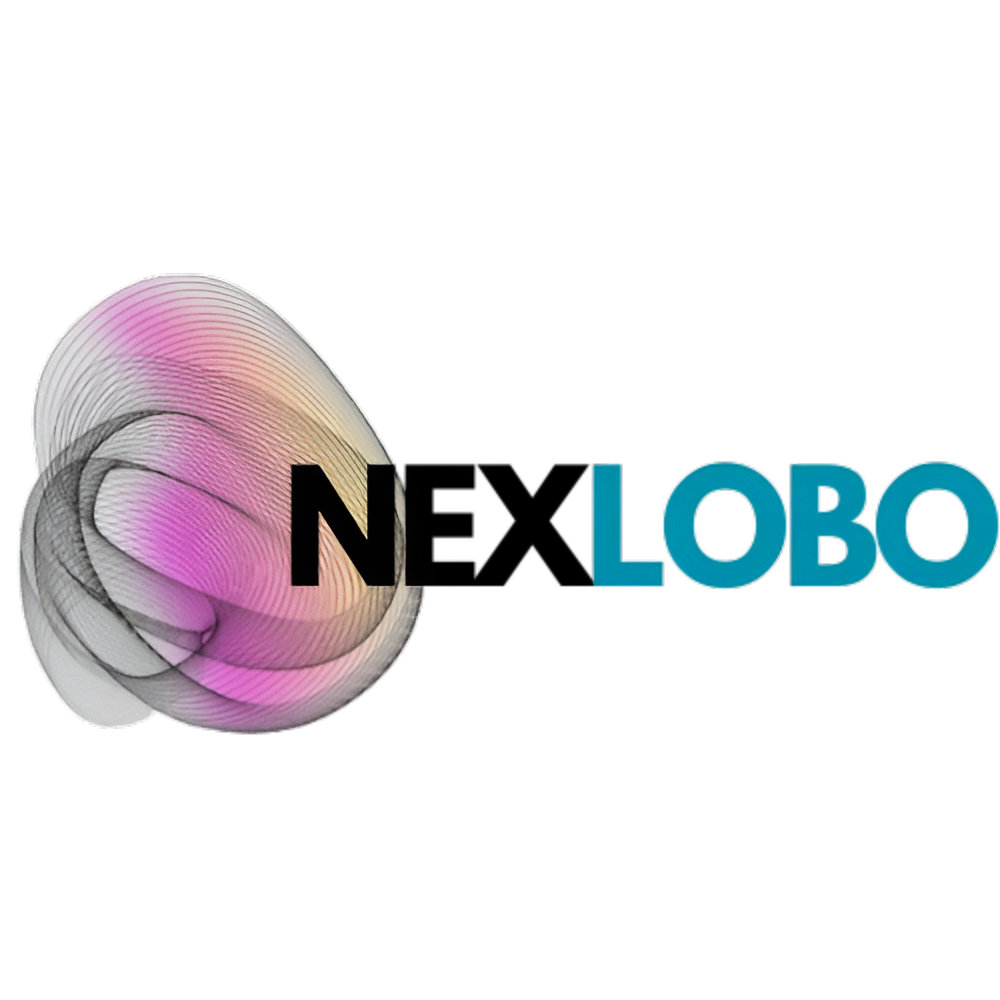How to Optimize Video Ads in CTV: 5 Key Steps to Drive Real Engagement

Introduction
When I first began experimenting with CTV campaigns, I’ll admit—I underestimated their potential. Back then, my focus was mostly on YouTube and social ads, but the rise of Connected TV changed everything. The first time I tried to optimize video ads on Roku, the results were surprisingly underwhelming. After a few weeks of testing and fine-tuning—adjusting targeting, refining creatives, and applying AI personalization—the results improved dramatically. If you’re serious about improving your video ad performance, this in-depth guide will help you optimize video ads on Connected TV step by step. For marketers navigating the new privacy era, you might also want to explore this insightful article on how to pivot your ad strategy without third-party cookies.
Let’s dive in.
Why Optimizing Video Ads on CTV Matters More Than Ever
CTV advertising bridges the best of both worlds—TV’s visual storytelling and digital’s precision targeting. But to really make it work, you need to optimize video ads thoughtfully. Viewers streaming on smart TVs have different habits—they’re relaxed, engaged, and more likely to watch full-length videos.
From personal experience, I once ran two identical campaigns: one on mobile and one on CTV. The CTV campaign had a 52% higher completion rate and drove 3x more post-view website visits. That’s the power of optimizing your creative and targeting for the right screen.
Additionally, combining predictive segmentation and automated customer targeting lets advertisers deliver more relevant messages while maintaining user privacy.
How To Optimize Video Ads for Different CTV Platforms
Each CTV platform—like Hulu, Roku, or Amazon Fire TV—has its nuances. Understanding these differences is key to how to optimize video ads efficiently.
Hulu: Ideal for storytelling-based campaigns. Try using AI personalization to adapt your message based on viewer segments.
Roku: Focus on frequency control—limit ads to 2–3 per session to avoid fatigue.
YouTube TV: Use keyword targeting aligned with trending content to increase ad visibility.
From a campaign I managed last year, tailoring ad frequency alone reduced programmatic advertising cost by nearly 18%. Data-based optimization isn’t just efficient—it’s smart marketing.
How To Optimize Video Ads Using Data-Driven Insights
Data is your best friend when learning how to optimize video ads effectively. By using first-party data, brands can identify which audience segments deliver the most engagement.
For example:
Predictive segmentation helps forecast which viewers are most likely to convert.
AI personalization enables creative variation delivery in real-time.
Micro-segmentation ensures precision without overexposure.
When I implemented these strategies for a retail brand, our view-through rate jumped 42%. That’s the kind of improvement that only comes from understanding audience data deeply.
How To Optimize Video Ads with Creative Storytelling
Even the smartest targeting falls flat without strong storytelling. To optimize video ads creatively, focus on emotional triggers, narrative flow, and brand authenticity.
Tips that work consistently:
Start with a problem your audience can relate to.
Showcase a transformation—how your product or service changes things.
End with a clear, memorable call to action.
One of my favorite examples was a CTV campaign for an eco-friendly brand. We tested two storylines—one focused on sustainability, another on family connection. The family-focused ad drove double the engagement, proving that emotional depth still wins in CTV.
How To Optimize Video Ads with Frequency and Duration Testing
Testing is non-negotiable if you want to optimize video ads effectively. Shorter videos (15–30 seconds) often work best for awareness, while longer formats (45–60 seconds) perform well for product education.
Key metrics to monitor:
Video Completion Rate (VCR)
Cost Per Completed View (CPCV)
View-Through Conversions (VTCs)
A/B testing different ad lengths helped me find that 20-second ads delivered the best cost-performance ratio. Sometimes, smaller tweaks lead to major gains.
How To Optimize Video Ads for Better ROI
ROI optimization goes beyond clicks. To truly optimize video ads, consider post-view engagement—like branded search lift or conversions driven days after exposure.
Integrating automated customer targeting ensures each impression counts. For instance, using AI-driven systems that dynamically adjust creative content based on viewer behavior often boosts engagement while cutting ad waste.
In one case, leveraging real-time data and AI personalization improved my CTV campaign ROI by 37% in just six weeks.
The Future of Optimized Video Ads on CTV
The landscape of optimizing video ads is evolving fast. As third-party cookies fade, advertisers are turning to first-party data and contextual insights. The best CTV advertisers in 2025 will be those who merge creativity with data fluency.
To dive deeper into optimizing your ad spend, explore this data-rich article on reducing programmatic advertising cost.
Ultimately, when you optimize video ads strategically—combining storytelling, data analytics, and AI-powered personalization—you’re not just improving performance. You’re building meaningful connections with audiences that last.







Leave a Reply